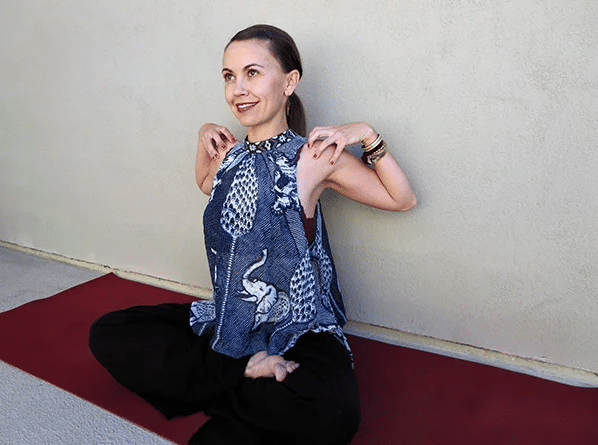
And when he’s not dancing or seeing patients, Dr. Sheere shares an unexpected, highly entertaining mix of dance clips, salutes to his Indian-American heritage, and actionable tips for improving cardiovascular health with his 120K TikTok followers.
Want to get in on the heart-health happy dance? Here are Dr. Shere’s top four reasons why dancing should play a starring role in your regular heart health routine.
1. Dancing is (often) aerobic exercise
“Many structured dance [fitness] classes are exactly the type of exercise the American Heart Association recommends: sustained, moderate aerobic exercise for at least 30 minutes at a time,” says Dr. Shere. Go to class five times a week, and you’ll be passing those AHA guidelines with flying colors.
Here, moderate exercise means continuous movement that requires a medium amount of effort. “Aerobic exercise is any form of exercise that increases your heart rate, so that eventually you’ll improve your cardiovascular fitness,” explains Dr. Shere.
Not sure if you’re dancing at a moderate intensity? Your breathing and heart rate will be faster than when you’re at rest, but you’ll still be able to carry on a conversation without excessive effort.
2. Dancing can improve your lipid profile
Let’s talk about cholesterol. As Dr. Shere says, “Regular exercise, like dancing, has been shown to positively impact your lipid profile,” which is a test cardiologists use to measure different types of fat in your blood.
According to Dr. Shere, “Habitual aerobic dancing can increase your high-density lipoprotein cholesterol (aka HDL, or ‘good,’ cholesterol) and manage or lower your low-density lipoprotein cholesterol (aka LDL, or ‘bad,’ cholesterol).” LDL cholesterol is the kind that contributes to plaque buildup in your arteries, which often leads to heart disease. So anything that decreases it is a surefire heart-healthy choice.
3. Dancing relieves stress
“Negative mental-health symptoms like stress definitely have an impact on your heart,” says Dr. Shere. “There are actually forms of heart failure that can happen from long-term exposure to emotional stress that weakens the heart muscle.”
Periodically taking time to dance it out could help shield your ticker from long-term effects of stress. For maximum benefit, pick a dance style and musical genre that make you feel happy and relaxed.
4. Dancing is for everyone
“Dance not only helps your heart and your overall health,” says Dr. Shere, “It’s also really fun.” No matter your interests, time/financial constraints, ability, or current level of physical fitness, there are dance offerings out there that would be a perfect fit for you.
“When I talk about exercise with my patients, I always tell them that the ‘best’ exercise is something that you enjoy and can stay consistent with,” Dr. Shere adds. “If you’re not going to enjoy it, you’re not going to do it. Dancing is nothing to be scared of, and it’s not a chore. Celebrate the joy of expressing yourself through movement, and enjoy the heart-health benefits that come with it.”
Ready to get your groove on? Try this 10-minute cardio dance routine:
—reviewed by Jennifer Logan, MD, MPH







